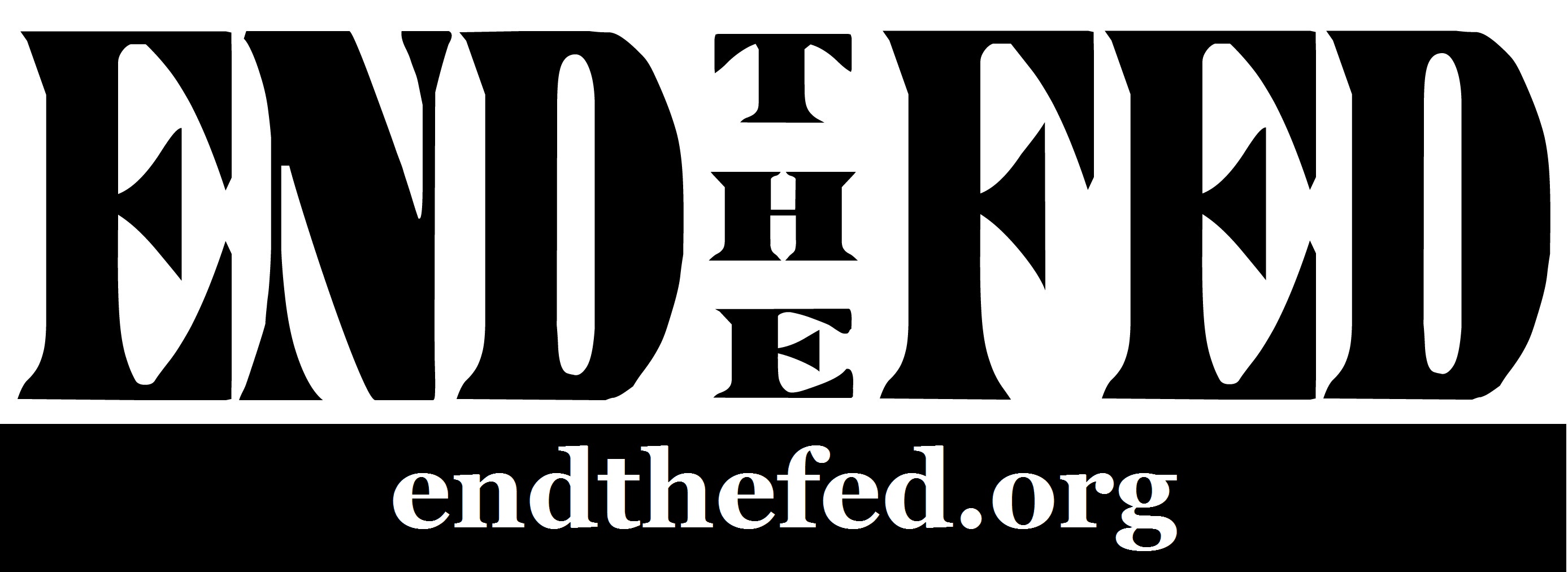Every once in awhile, something truly innovative makes a splash upon the human psyche. What assumed to be repugnant is revealed to be instead quite liberating. As downward class migration continues to march along to the tune of the ongoing slow slide economic collapse, reclaiming abandoned private property is a uniquely effective way to preserve and even create wealth.
Thanks to American corporatism (and its malignant tumor of a naïve younger sibling, consumerism), gargantuan amounts of valuable property are relegated to the landfill. Perhaps the most shocking of the types of usable property being utterly wasted are totally edible foods. Yes, in the land of milk and honey, agribusiness corporations (and their various subsidiaries who benefit from government privilege) literally trash precious FOOD that could have been used to feed the homeless, the underemployed, and even those with lower purchasing power who cannot afford to buy organic. This totally inefficient and completely uncapitalistic machinery of corporatocracic gluttony has and will continue to harm flesh and blood human beings. Thankfully, the true entrepreneurial capitalists here are the dumpster divers.
One of the tenets of the Scout Law is that “A Scout is thrifty;” the dumpster divers take that value to its logical end by reclaiming abandoned private property. By either using it, trading it, or even homesteading it, dumpster divers’ reuse and refurbishment of recklessly abandoned property is put to good use within the remnants of the free market. The historically profitable dumpster hot spots usually tend to be bakeries, supermarkets and grocery stores, bookstores, discount retail stores, specialized candy stores, wholesale florists, novelty/toy stores, restaurants and fast food joints, apartment complexes and suburban neighborhoods, and of course, college campuses. The opportunities to practice and truly live frugality are literally too numerous to mention.
The author’s recommendations for what to wear and in terms of equipment is simply brilliant. Hoffman suggests that your durable, non-descript clothing be comfortable yet not portray you as an “undesirable,” such as a skateboarding punk, a cat burglar, or other anti-establishment type. You should carry with you a pair of leather or plastic gloves, a flashlight (perhaps a headlamp would be better), a duffel bag with which to stuff your goodies in (perhaps a crappy daypack would suffice), a very sharp pocketknife that serves as your “bag blade,” and a “dive stick” that is little more than a chopped broom handle with a curved nail “hook” wrapped with electrical tape at the end (this last piece of kit is used to move the bags of trash around in the bin).
There is an enlightening chapter dedicated to all the very personal information people carelessly pitched away that the author managed to collect. Conclusively proving the fears of Frank Abagnale, Hoffman detailed some of the intimate lives of complete strangers solely by what was in their trash. Perhaps cross-cut shredding or even incineration are the only truly effective ways to thwart the more devious, malicious, or just plain spiteful ignominious characters (such as con-artists, or even worse, commies).
I wholeheartedly recommend all political dissidents to read John Hoffman’s The Art and Science of Dumpster Diving. It is an absolutely fascinating expose of an underrated yet devastatingly effective method for countering gluttonous consumer waste. Who knows what other forms of malfeasance by the Establishment can be either solved or at least greatly mitigated by our fellow dumpster divers?





















